Advice for professionals
If you work with, or are in contact with young people, you may come across someone who is potentially vulnerable to being exploited or going missing. We need to make sure our young people are safe in the community. Look out for any of these warning signs of exploitation and if you are not concerned about a child please follow your professional safeguarding procedures and remember if they are at immediate risk contact police.
If you need any advice or support, please contact the council's children's initial advice team (CIAT) on 01325 406222. They can also supply resources to help you when you working with children.
Relationships
- Entering or leaving vehicles driven by unknown adults
- Hostility in with parents/carers and other family members
- Reports from friends or family that suggest the likelihood of involvement in sexual exploitation
- Associating with other young people who are known to be sexually exploited
- Inappropriate use of internet and forming inappropriate relationships with adults
- Phone calls, text messages or letters from unknown adults
- Adults or older youths loitering outside the child's usual place of residence
- Entering or leaving vehicles driven by unknown adults
- Hostility in relationship with parents/carers and other family members
- Reports to suggest the likelihood of involvement in sexual exploitation (e.g. from friends or family)
- Associating with other young people who are known to be sexually exploited
- Inappropriate use of internet and forming relationships, with adults
- Phone calls, text messages or letters from unknown adults
- Adults or older youths loitering outside the child's usual place of residence.
Financial
- Petty crime such shoplifting or stealing
- Having keys to other houses
- Expensive clothes, mobile phones or other possessions without explanation
- Talking about social activities that require money
- Possession of large amounts of money with no plausible explanation.
Appearance and behaviour
- Physical symptoms (such as bruising suggestive of physical or sexual assault)
- Evidence of drug, alcohol or substance misuse
- Volatile mood swings and/or use of abusive language
- Truancy or disengagement with education or change in performance at school
- Low self-image, low self-esteem, self-harming behaviour, e.g. cutting, overdosing, eating disorder, promiscuity
- Physical aggression
- Change in appearance and/or always being tired.
Sexual
- Sexually transmitted infections/pregnancy/seeking an abortion
- Sexually risky behaviour
- Sexual or unexplained relationships with older people
- History of abuse or neglect
- Domestic violence or parental difficulties
- Clothing - inappropriate for age or borrowing clothing from others
- Reports that the child has been seen in places known to be used for sexual exploitation.
Missing/homelessness
- Truancy
- Placement breakdown
- Persistently missing, staying out overnight or returning late
- Returning after having been missing looking well cared for
- Missing for long periods
- Going missing and being found in areas where the child or young person has no known links.
Matrix form link
Referral form link
